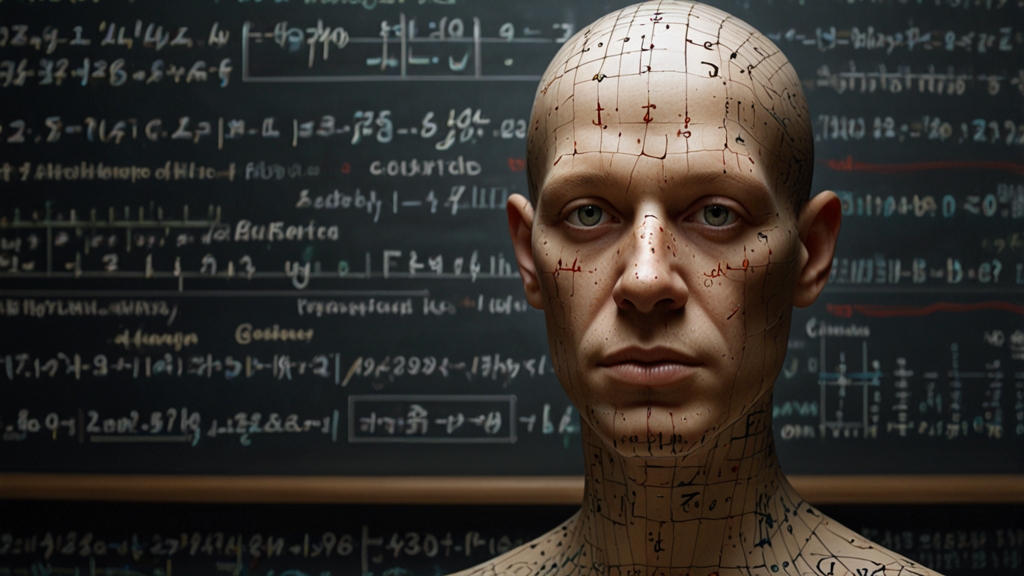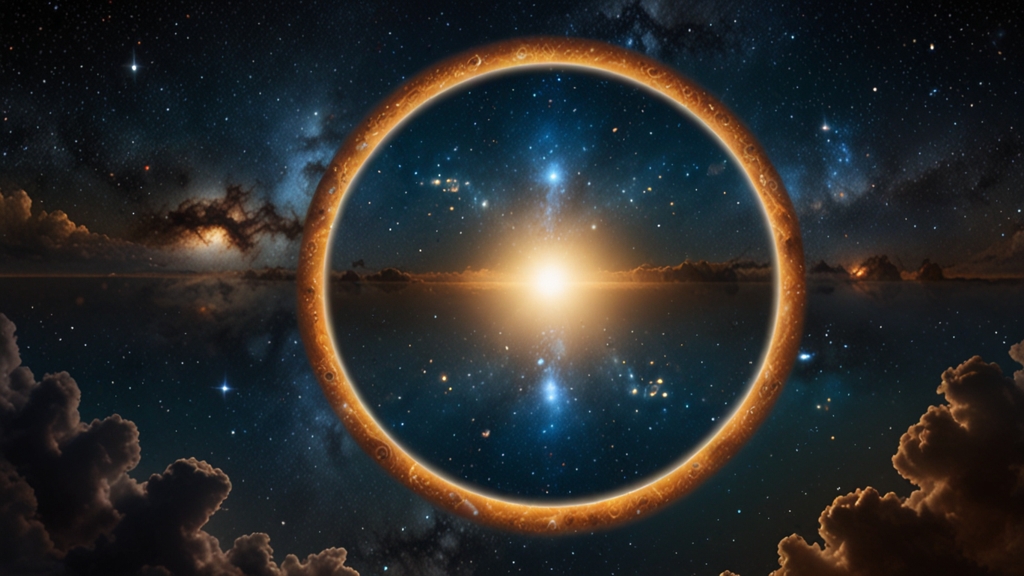The Cold War and Popular Culture: How Movies and Music Responded
The Cold War, a period of geopolitical tension between the Soviet Union and the United States and their respective allies, spanned roughly from the end of World War II to the early 1990s. This era not only shaped international relations but also deeply influenced popular culture, including movies and music. The looming threat of nuclear war, the fight against communism, and the battle for ideological supremacy found their expressions in various cultural forms. Filmmakers and musicians both reflected and shaped public sentiment during these tumultuous times.
Movies: Reflecting Fear and Propaganda
During the Cold War, movies became powerful tools for both reflection and propaganda. Hollywood, in particular, produced a plethora of films that depicted the anxieties and conflicts of this period. Films such as “Dr. Strangelove” and “The Day the Earth Stood Still” delved into the fears of global annihilation and espionage.
Noted film critic Roger Ebert once said, “Science fiction has always been a means to explore our deepest fears and desires. During the Cold War, it served as a mirror to the dread of nuclear conflict and the distrust between superpowers.”
Spy films also surged in popularity. The James Bond franchise, beginning with “Dr. No” in 1962, was a direct response to Cold War realities, portraying the battle between Western agents and their Eastern adversaries. These movies often painted a clear dichotomy between the “freedom-loving” West and the “tyrannical” East, feeding into both paranoia and patriotism.
In addition, Hollywood participated in direct propaganda efforts. The U.S. government worked with studios to promote films that depicted communism negatively, further cementing the idea of the Soviet Union as the ultimate adversary.
Music: The Soundtrack of a Divided World
Music was another significant cultural battlefield during the Cold War. Musicians used their art to comment on politics, protest war, and promote peace. Events like the Cuban Missile Crisis and the Vietnam War sparked an outpouring of musical response.
Folk music became a prominent voice of protest during this era. Artists like Bob Dylan and Joan Baez sang about the futility of war and the promise of peace. Dylan’s “Blowin’ in the Wind” and “Masters of War” encapsulated the mood of a generation questioning authority and the rationale of armed conflict.
Joan Baez famously stated during a 1965 concert, “Performing is an act of rebellion during these times. Our songs are not just music; they are statements against oppression and violence.”
Rock and roll also played a significant role. Bands like The Beatles, The Rolling Stones, and Pink Floyd often infused their music with political commentary. Pink Floyd’s “The Wall” is an iconic example, exploring themes of isolation and authoritarianism, which were prevalent during the Cold War.
On the other side of the Iron Curtain, music was similarly charged with political significance. Soviet and Eastern Bloc musicians often used subtle metaphors to critique the regime, given the heavy censorship they faced. Artists like Vladimir Vysotsky became underground legends for their poignant and often rebellious lyrics.
The Enduring Legacy
The Cold War period left an indelible mark on popular culture. The movies and music from this era not only entertained but also provoked thought and mirrored the complexities of global politics. They fostered a greater awareness and understanding of the existential and ideological battles that shaped the latter half of the 20th century.
As we look back, it's clear that the cultural artifacts of the Cold War continue to resonate, serving as reminders of a precarious time in history and the power of art to reflect and influence the human experience.









